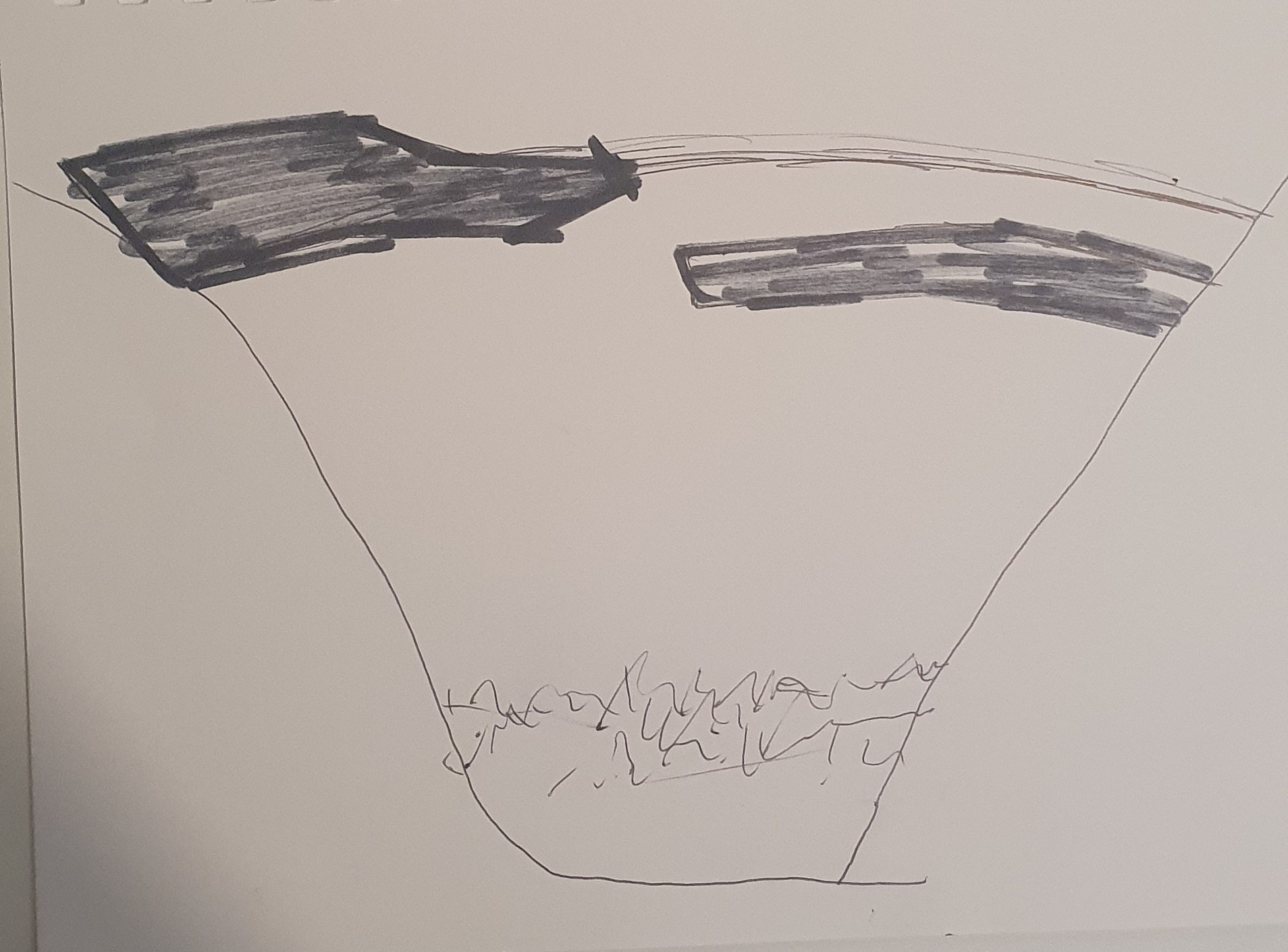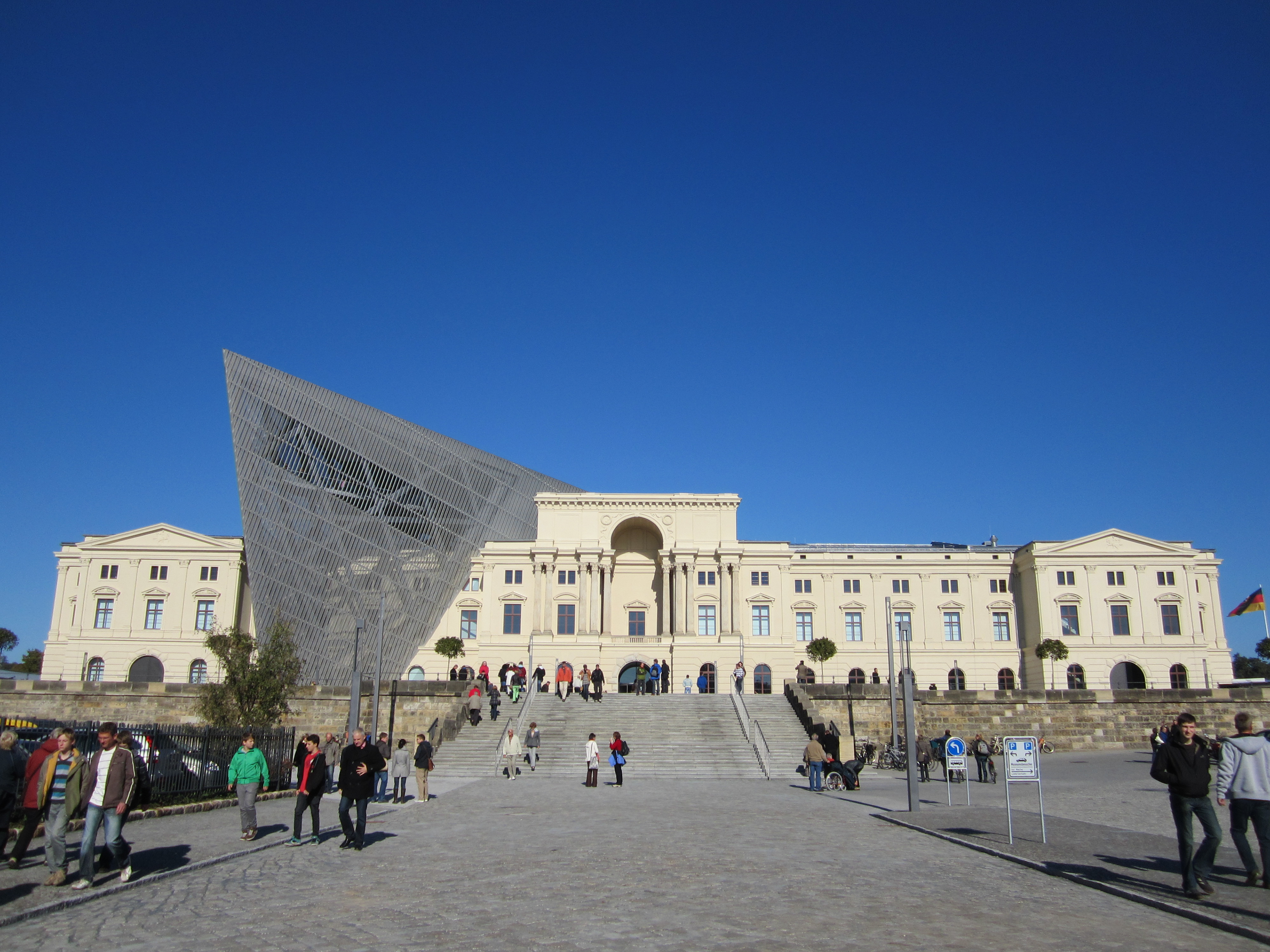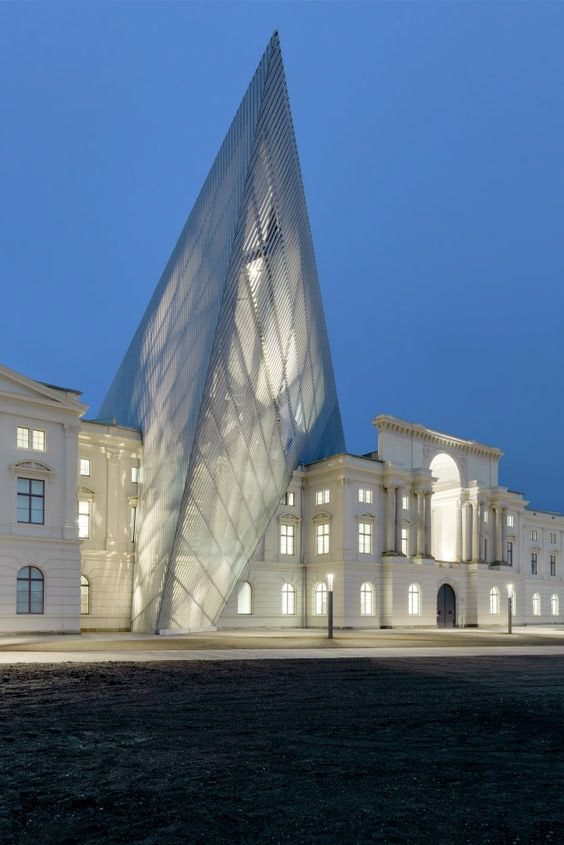Revisiting the Perot Museum, it is a great precedent for the concept of my building attacking the dam. The Perot takes users up to the top floor before spiralling them down into the city down 5 exhibits.
My project takes users through the dam and down to training facilities. However, with Perot, users enter through the atrium at street level and then have to ascend before coming down. With my project's location, I use the dam's height to my advantage. I can take users from the top of the dam at road level and then use the elevation change between valley sides (where accessible, road side and footpath side) to take users through the dam and across the valley. Users then descend into the valley for training. This way, my building has maximum impact "punching through" the dam without becoming what it aims to erradicate, a blockade.





The museum of millitary history is a great precedent for the concept of my building attacking the dam. The tip of the arrow-like extension points towards the direction from which the first fire bombs were dropped on Dresden during an air raid on the night of 13 February 1945. This concept of architecture responding to events is exactly what Mirror aims to use the previous mappings for. The architecture holds significance to the events it teaches about.
A viewing platform is located near the point of the wedge providing a unique vantage point to look over the city whilst creating a space for reflection about the events. This concept is carried through to Mirror with the building taking advantage of the dam’s unique views and setting. The dam blocks the serene views of the valley and tourists are forced to go on dark tours in order to view the nature. Mirror takes inspiration and makes use of the dam (as seen in section) creating new vantage points and turns the long, treacherous crossing of the dam into useable pockets of space, areas for reflection and vantage.
The museum of millitary history uses heavy contrast in materials to reinforce the contrast between old and new, the museum had a desire to transform into a place for open dialogue about the causes and consequences of war and violence. This proactive approach has influenced the development of my project, Mirror is not just a place of mourning but a place of education, innovation and resilience. The past is there to be opened up, with facts influencing the exhibits. The history of the dam is open with a dialogue of human oversight, poor decision making and ultimately greed. This then feeds into the proactive nature, an “anti tourism” approach, where innovation leads resilience.
I then used photoshop and previous ai outputs to create this matte painting of what my form could end up looking like once the massing is taken further.